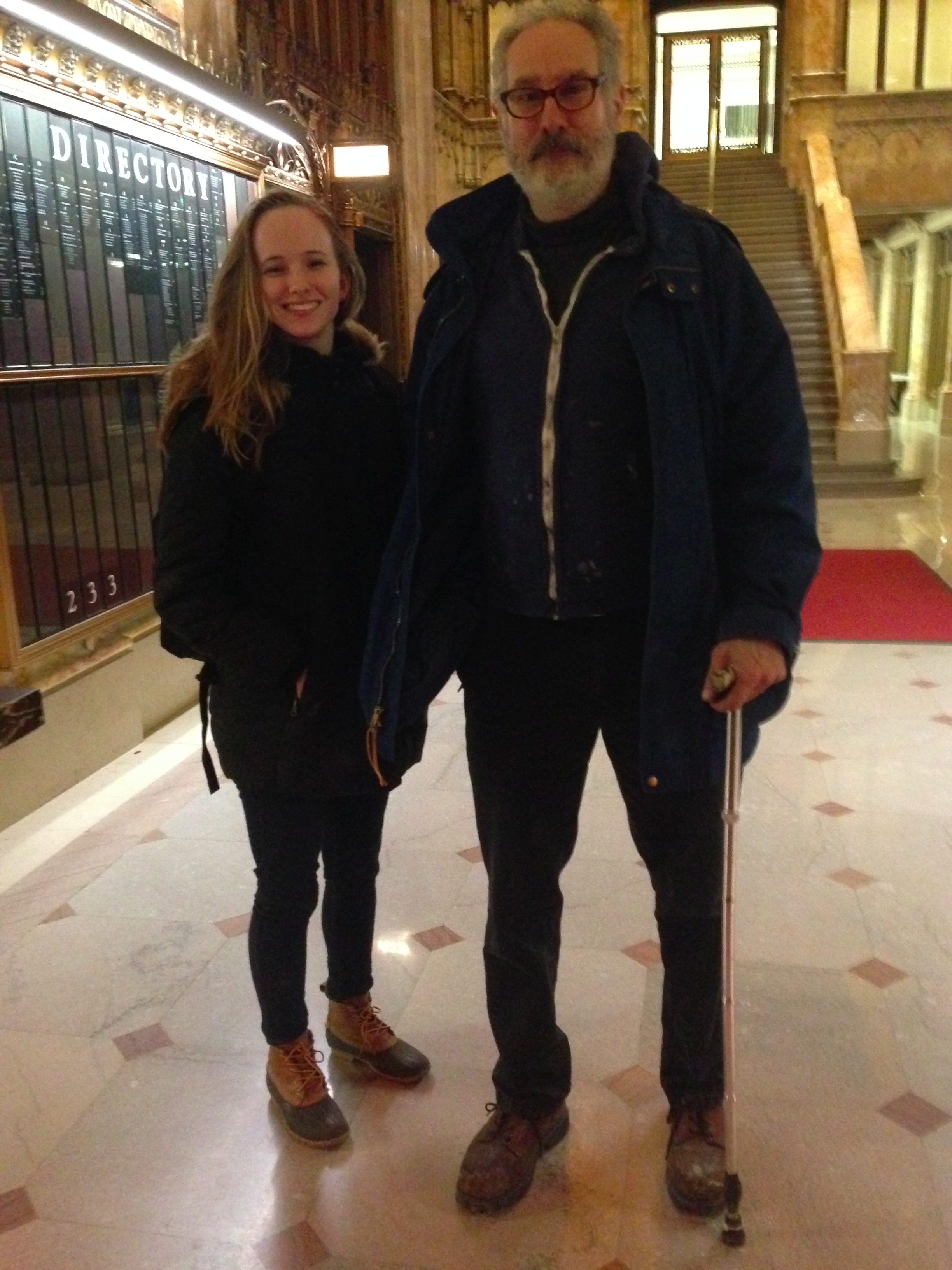Home » HART » HART Alumna Ellen Dement to Pursue Interest in Architectural History and Historic Preservation in Grad School
HART Alumna Ellen Dement to Pursue Interest in Architectural History and Historic Preservation in Grad School
Posted by vrcvanderbilt on Monday, June 18, 2018 in HART, News, Student/Alumni, Vanderbilt University, VRC.
 In pursuit of a career in architectural history and historic preservation, Ellen Dement, BA’18 (History and History of Art), is headed to graduate school this fall at the University of Washington in their master’s degree program in architectural history and theory. Dement will study the architectural, cultural, and political forces that have shaped architecture, dovetailing with an interest observed throughout her undergraduate projects and papers while at Vanderbilt.
In pursuit of a career in architectural history and historic preservation, Ellen Dement, BA’18 (History and History of Art), is headed to graduate school this fall at the University of Washington in their master’s degree program in architectural history and theory. Dement will study the architectural, cultural, and political forces that have shaped architecture, dovetailing with an interest observed throughout her undergraduate projects and papers while at Vanderbilt.
Dement was awarded highest honors for defending her undergraduate honors thesis, “A Poem in Stone: The Nashville Customs House and William Appleton Potter’s Government Architecture.” Potter, who worked almost exclusively in the High Victorian Gothic style during his tenure as Supervising Architect of the Treasury  from 1875 to 1876, designed the Nashville Customs House in 1875. According to Dement, critics praised Potter’s designs, with one newspaper (Commercial Times, February 28, 1876) calling them “poems in stone” and “a surprising reversal of…dreary government buildings.”
from 1875 to 1876, designed the Nashville Customs House in 1875. According to Dement, critics praised Potter’s designs, with one newspaper (Commercial Times, February 28, 1876) calling them “poems in stone” and “a surprising reversal of…dreary government buildings.”
The characteristics of Potter’s government designs “are exemplified in the Nashville Customs House, with its Gothic forms, extensive stone carving, and monumental tower,” wrote Dement. “At the same time, however, the building embodies meanings beyond those of its architectural design. Its construction came after nearly two decades of political delays occasioned by the Civil War, and the building was used as a symbol of Reconstruction that would bring economic prosperity to the city of Nashville.”
Dement received a Frances and John Downing Undergraduate Research Travel Award in 2017 to visit the National Archives in College Park, MD, and Washington, DC, where most of the original records on the Nashville Customs House are located. She also did research at Columbia University’s Avery Architectural Library, which houses records related to Potter’s private practice as an architect.
The Downing trip also included research for her Vanderbilt Library Fellowship project, “Visualizing Cass Gilbert’s Woolworth Building.” Vanderbilt’s Fine Arts  Gallery had recently acquired the Reiman Collection—more than 150 previously unknown architectural drawings of New York’s Woolworth Building—from Cass Gilbert’s office, including elevations, floor plans, mechanical drawings and details. These working drawings complement those in other public collections, notably at the New York Historical Society and the Library of Congress.
Gallery had recently acquired the Reiman Collection—more than 150 previously unknown architectural drawings of New York’s Woolworth Building—from Cass Gilbert’s office, including elevations, floor plans, mechanical drawings and details. These working drawings complement those in other public collections, notably at the New York Historical Society and the Library of Congress.
When it opened in 1913, the 60-story Woolworth Building in lower Manhattan offered the latest technological innovations in the tallest building in the world: direct elevator access to two subway lines, wind bracing, electrical power generation, heating, and cooling.
For her Library Fellowship project Dement created a website that contextualizes these newly acquired architectural drawings within the larger body of sources on the Woolworth Building. She visited two other collections on the Woolworth Building at the Library of Congress and the New York Historical Society, “and had the amazing opportunity to take a behind-the-scenes tour of the entire Woolworth Building with the building’s manager, Roy Suskin,” wrote Dement. “Visiting the Woolworth Building in person provided a more holistic understanding of Vanderbilt’s collection of drawings and the building’s cultural significance in the history of New York.”
 The Department of History presented Dement with the 2016-2017 Paul K. Conkin Award for her essay, “The Making of a National Library: The Library of Congress as a Cultural Product of the Late-Nineteenth Century,” which was published in the Spring 2017 issue of the Vanderbilt Historical Review.
The Department of History presented Dement with the 2016-2017 Paul K. Conkin Award for her essay, “The Making of a National Library: The Library of Congress as a Cultural Product of the Late-Nineteenth Century,” which was published in the Spring 2017 issue of the Vanderbilt Historical Review.
In her paper Dement explores the transformation of the Library of Congress from simply a reference library for the legislature into the national library of the United States. It argues that this process was the product of American culture in the late nineteenth century and analyzes the rhetoric and methods—particularly the passage of the Copyright Law of 1870 and the construction of a separate Library of Congress building—used to create the institution’s status as a national library.

©2025 Vanderbilt University ·
Site Development: University Web Communications